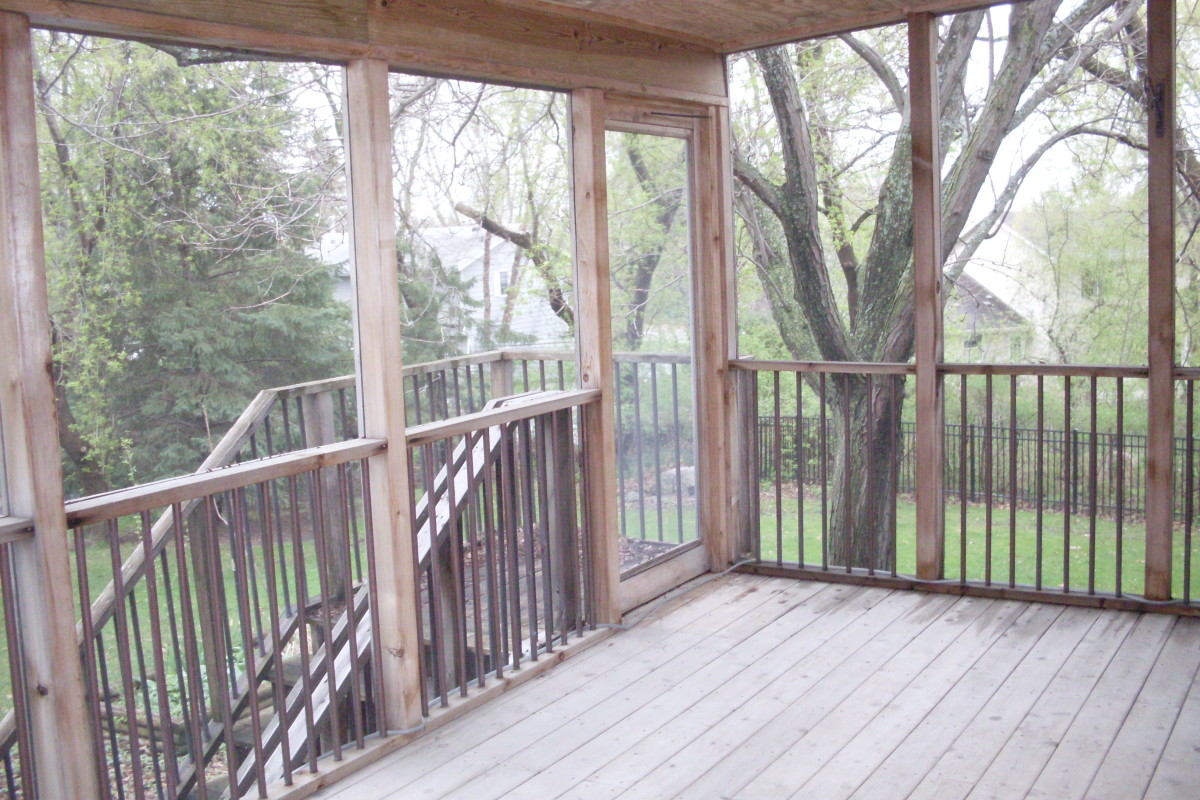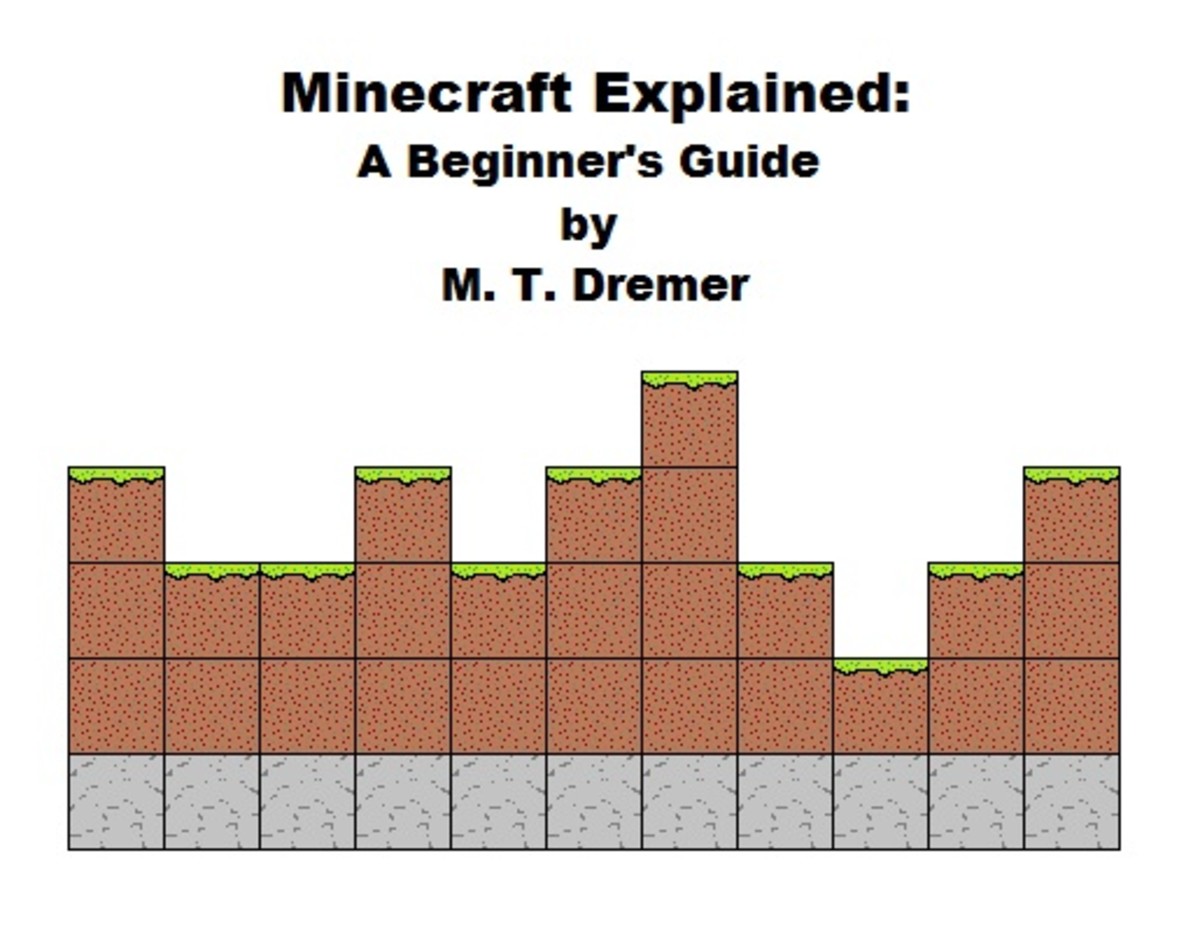Residential Siding Explained

We’ve come a long way from the split timber used to clad early woodland cabins, the sod clumps stacked to build plains homesteads, and the adobe baked in the sun as the exterior walls of a southwestern hut. But where exactly do North Americans stand on the spectrum of residential siding? This architect has the answers.
By far, the most popular residential siding material in America today is formed vinyl, with brick-and/or-stone roughly tied for second with fiber cement. Stucco, hardboard and forms of engineered siding cluster in third place, while all others fall at a distant fourth and beyond. Being truly natural materials, stone, wood, and clay fired into brick have been employed the longest, in fact from the very founding of our nation. Stone and brick, while classic materials of great permanence and rich appearance, are generally too expensive to be used on much mainstream housing. They serve instead to clad many of the nation’s most expensive homes, and many of its public and commercial buildings. (Throughout many upscale subdivisions throughout America, one can almost gauge the affluence of the family within by the percentage of stone or brick within which they are cocooned.) Stucco too has a long and rich history, whether employed alone, as it may be throughout the Southeast or Southwest, or with half-timbering, as it may be in the Midwest or Northeast. But all of the other current day contenders have evolved in only the past six or seven decades. As our society becomes more technologically and scientifically sophisticated — and as we increasingly recognize limits to natural resources — we continue to develop ever-enhanced engineered residential siding products.
Of course, with something so cherished as the family home, appearance, style and design are of paramount importance. Thus, perhaps because of our strong traditions in aesthetics as well as an underlying conservatism in domestic matters, most of these newly developed siding products mimic the natural look of historic lap-sided wood.
In the early days of the republic, that lap-sided wood was probably old growth cedar or redwood: versatile, handsome, durable, strong, and resistant to insects and fungi. But as the nation aged, and greater depletion of such old growth trees continued, younger trees were called into service. Wood became less durable, weaker and more likely to suffer fungal or insect infestation. Coatings, paints and sealants came into greater use.
The first significant attempt to duplicate the natural look of lap-wood siding occurred at the end of World War II, when siding of sheet aluminum formed into board-like strips was introduced. (Manufacturers of wartime aircraft were eager to put all their hard-earned sheet aluminum expertise and manufacturing capacity to use.) Though having the benefits of manufacturing capacity, low cost, ease of installation, and resistance to corrosion, aluminum siding also had the drawbacks of dentability, tinny noisiness and chalking to hold it back.
From the 1950s through the 1970s, first vinyl siding and then significant vinyl production improvements were introduced. By 1980, vinyl siding, with its greater flexibility and resistance to dents, wider range of colors, lower cost, and greater durability, reigned supreme in residential cladding, accounting for roughly half the total market.
A competitor to vinyl siding since the 1950s is hardboard, as high-density fiberboard is known. Hardboard could appealingly be embossed with natural wood graining, but was susceptible to moisture, greatly affecting its durability. Thus, hardboard saw its widest use in the dryer climes of the Southwest. A more modern competitor, fiber cement siding, was introduced by the end of the 1980s. Though its cement composition has high fire-safety, resists decay and will not rot, it is also quite brittle and heavy, limiting it to smaller pieces (and thus more visible seams) over stronger support.
The latest edition to our residential siding arsenal is known as treated engineered wood siding. Weighing roughly a third less than fiber cement siding, it is therefore easier and faster to install. As it is composed of wood fiber, it can be cut, machined and attached much like wood siding, endearing it to contractors. Treatment of the composite wood fibers gives it lasting insect resistance. It is strong, durable and resists decay. Warranties of 30 years and more are common with treated engineered wood products.
Treated engineered wood siding offers a number of environmental benefits. Its raw resource materials are rapidly renewable small-bore trees, often from managed forests, and low off-gassing resins are used in manufacture.
See more at rickzworld.





